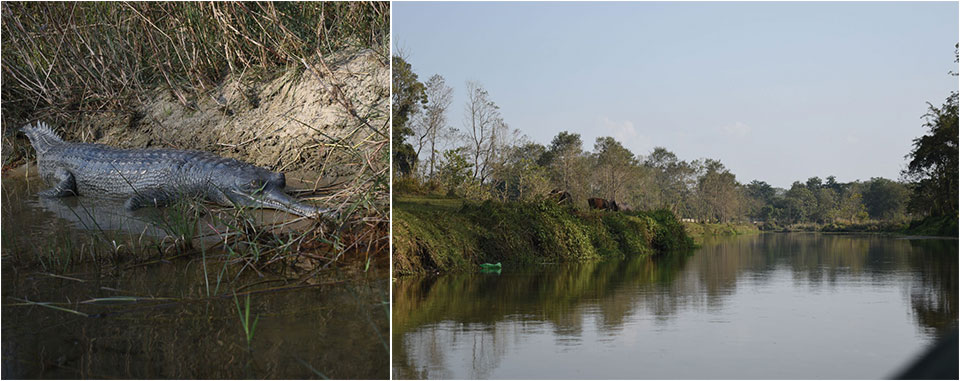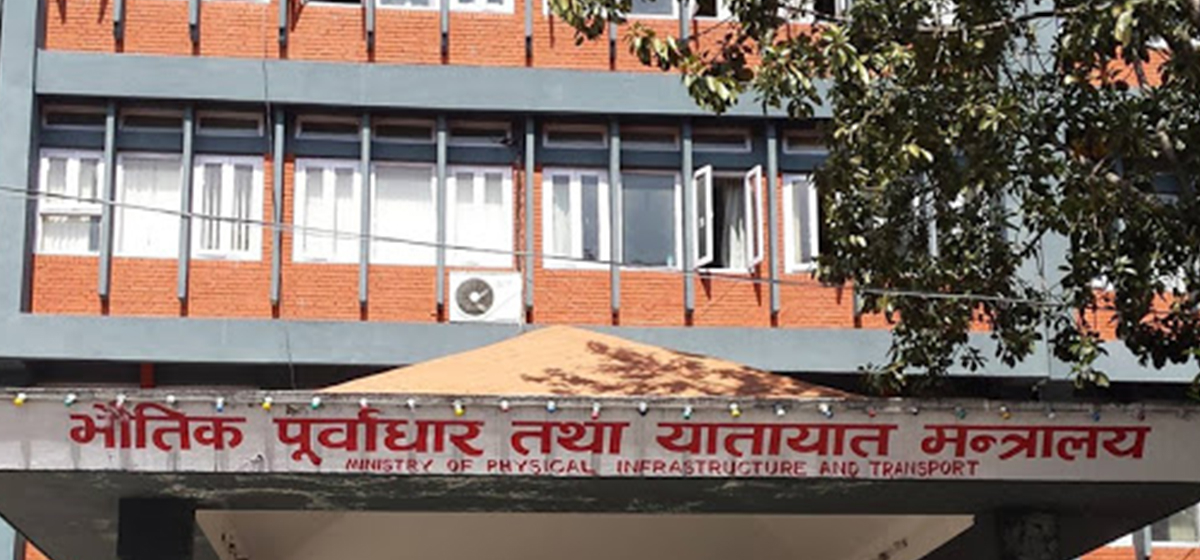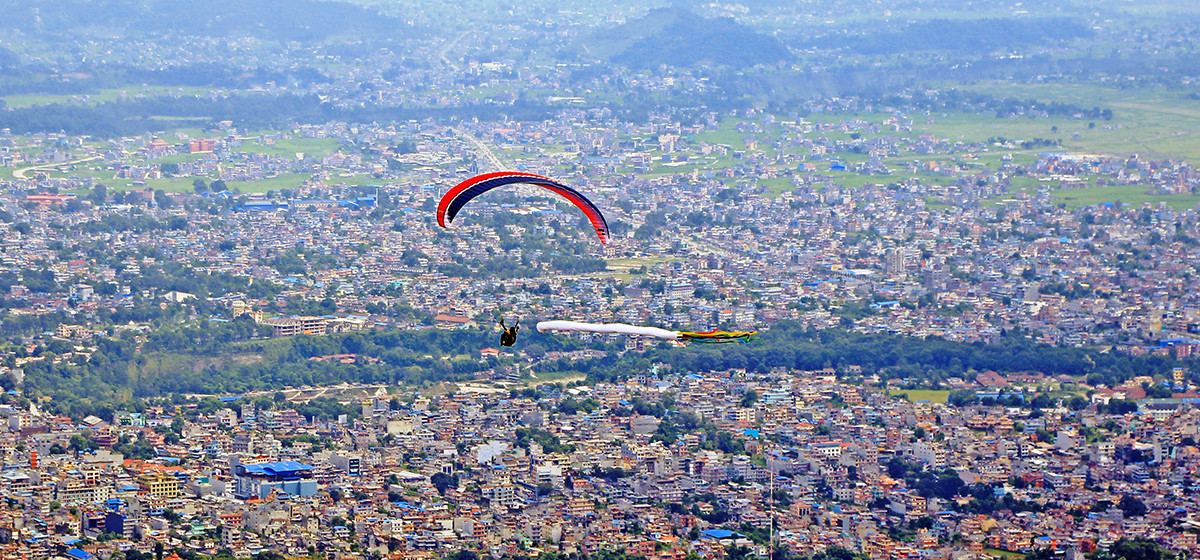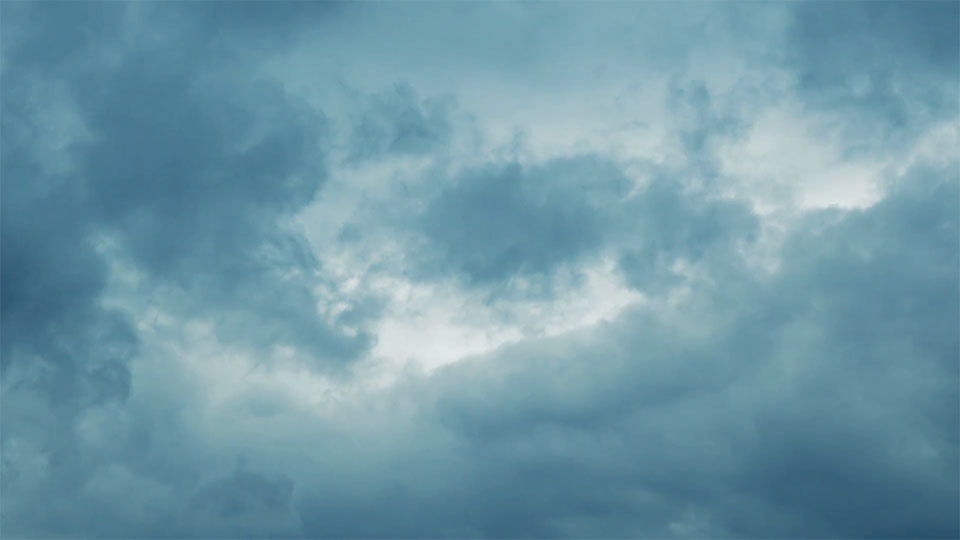
OR


Taylor Mason
The author is an Australian journalism student doing photojournalism internship in Nepalnews@myrepublica.com
Feeling like away from civilization, you can sit and marvel at the beautiful nature while your boatman and guide stands at the rear of the canoe
For bird lovers especially, a trip down the Rapti River in Chitwan is a must and what better way to travel than by canoe? Chitwan is renowned for its relaxing and surreal canoe safari treks—sitting on a rickety, wooden seat in a hand carved wooden log made from a single silk cotton tree trunk, it is impossible not to feel lost in the wilderness and water around you. Feeling like you are far away from civilisation, you can sit and marvel at the beautiful nature around you while your boatman and guide stands at the rear of the canoe on a small platform, his feet millimetres from the water as he uses a long bamboo pole to slowly push the canoe downstream. A simple, natural and rustic experience—a true Nepali experience.
Journey into the river
The water glistened with the late afternoon sun, the air was cool and fresh and in the distance birds were chirping peacefully. The long, rickety, rustic canoe swayed with the current as it paddled downstream—the Rapti River so serene and tranquil, reflects the sun like glass. The canoe rocked unsteadily as the guide shifts his wait pointing at the native wildlife along the shore and a few birds flying overhead. The guide’s excellent knowledge and impeccable eyesight ensure every part of the trip is enjoyed and no small detail is missed—even dragonflies fail to escape his sight. Ahead a small current rushes through a cluster of rocks as the water becomes shallow—sitting cross-legged like a child gently swaying as the canoe wobbles past the pebbles and continues into a new stretch of river, Gharial Crocodile’s territory.
On the murky banks one of the beasts lies outstretched basking in the sun with its mouth open to better absorb the heat and showing its menacing teeth. This journey is not for the faint-hearted as more gharial crocodiles are spotted in the water a mere five inches from the canoe—its eyes fixed on the travellers, watching…waiting… the canoe passes unscathed and continues downstream to the end of its journey.
The canoe stops at a small embankment and the trekkers take their leave, but my tour guide Krishana Parajuli steps away from the group and takes me deeper into the grassland—on a small safari trek. I follow as he leads me through the native bushland and up a small incline towards a group of huts in the middle of the wilderness. “Some like to stay in the heart of the jungle” he says. I stare in awe at the natural decline of these huts completely overrun by vines and leaves. The huts blend in with the environment perfectly. I wouldn’t be surprised if insects and animals roamed those rooms. Krishana pulls me deeper into the area towards an immense, black tree with thick branches that appear to hang down low, but my guide points out the branches are littered with honeycomb. The native bees had completely taken over the trees limbs, stretching their hives from the branch’s tips to the trunk. Staring up at this spectacle, I felt so small—almost insignificant compared to the sheer size of the canopy of trees before me and the grand manifestation of these buzzing creatures. One final look at the landscape and I trudged after Krishana, slowly returning back to civilization.
Resting in a long beach chair with a hot cup of masala tea in hand, I sat in marvel of the Rapti River sunset. Striking pinks, autumn oranges and burnt reds pierced the sky and leaked into the water, creating an image like an oil-paint landscape. I watch as a flock of birds migrate to a warmer area, flying in a distinctive ‘v’ formation and chattering amongst themselves—while a few stray canoes glide down the river towards the banks with their treks coming to an end. I breathe deeply and enjoy these last moments—the last piece of magic that is Chitwan.
Tharu Cultural Dance
Tharus are ethnic indigenous group that reside in villages (mainly in the Chitwan area) and one of their traditional customs is to present cultural dances to the locals and tourists. Each night a cultural demonstration is held at the New Sauraha Tharu Cultural House, where Tharu dancers will perform numerous dances including the popular highlights: Danda Nach (Stick Dance), Aago Nach (Fire Dance), and Mayur Nach (Peacock Dance). The dances are performed by both men and women as they represent the strength, culture and dedication of the Tharu community. This immersive experience allows a small glimpse into the culture of Nepal, of its military strength and resilience and its dedication to protect its people.
Clack-clack-clack—these were the sounds echoing throughout the hall as Tharu dancers tantalised the audience with Danda Nach (stick dance). The dancers strike katabas together while moving around in a tight circle—at the centre of which stands the drummer who controls the pace of the dance. A steady rhythm emits from the drums rapidly increasing in tempo as the Danda Nach reaches its crescendo—one final big clack of the bamboo before the dancers bow and proceed off stage. The lights in the hall suddenly extinguish and the audience is immersed in darkness, apprehensive for the next act of Ago Nach (fire dance). A small glow radiates on the stage which then turns into a blaze of fire as the Tharu dancer twirls his katabas like batons into fast circles inches from his body. He spins rapidly and for a short time the audience is captivated by this spectacle—the speed of the dancer and the size of the flames. With a final twirl, the fire is extinguished and the dancer bows.
A light beat is played on the drums and a Tharu dancer in a brilliant red dress walks centre stage. The drumming intensifies and the dancer begins to spin—fast and tight, throwing the dress up and around as the dancer becomes more involved with the music. Like a spinning top, the dancer continues with no end in sight. They are giving everything they can offer to the spirits and those who have died. The Jhumara dance takes hold of the audience as they sway in time with the music and cheer as the dancing speeds up and the Tharu dancer gives one final grand gesture before falling to the ground breathing deeply.
The final dance of the night, the Dafu, is performed using a traditional musical instrument made of gold skin and decorated with peacock feathers—the Damphu drum. Tharu dancers fill the stage each holding a Dampu drum, a wide smile stretched on their faces, their voices echo throughout the hall as they sing and dance, clearly enjoying the moment. This final dance is what it is to be a part of Nepal, to be lost in a moment, to live in the now and to be content with the life given.
[One important thing to consider before attending is to turn off your phone during the performance. Lose yourself in the moment and truly enjoy the experience. It is disheartening to look around a performance hall and see the unmistakable glow of mobile phones and cameras. Why watch something on a screen when it is right in front of you?]
The author is an Australian journalism student doing photojournalism internship in Nepal
Taylor.Mason2025@outlook.com
You May Like This

Why Federalism has Become Risky for Nepalese Democracy
The question arises, do federal or unitary systems promote better social, political and economic outcomes? Within three broad policy areas—political... Read More...

Nepal's Forests in Flames: Echoes of Urgency and Hopeful Solutions
With the onset of the dry season, Nepal's forests undergo a transition from carbon sinks to carbon sources, emitting significant... Read More...

'Victim blaming'- Nepali society's response to sexual violence
Multiple studies show that in most sexual assaults, the attacker is someone known and trusted by the victim. ... Read More...





Just In
- EC seeks cooperation for free and fair by-election
- Bus carrying wedding procession attendees meets with accident in Sindhupalchowk claiming three live
- CPN (Unified Socialist) to hold its Central Committee meeting on May 10-11
- Over 16,000 paragliding flights conducted in one year in Pokhara
- MoPIT prepares draft of National Road Safety Act, proposes rescue within an hour of an accident
- Light rainfall likely in hilly areas of Koshi, Bagmati, Gandaki and Karnali provinces
- Customs revenue collection surpasses target at Tatopani border, Falls behind at Rasuwagadhi border in Q3
- Rain shocks: On the monsoon in 2024














Leave A Comment